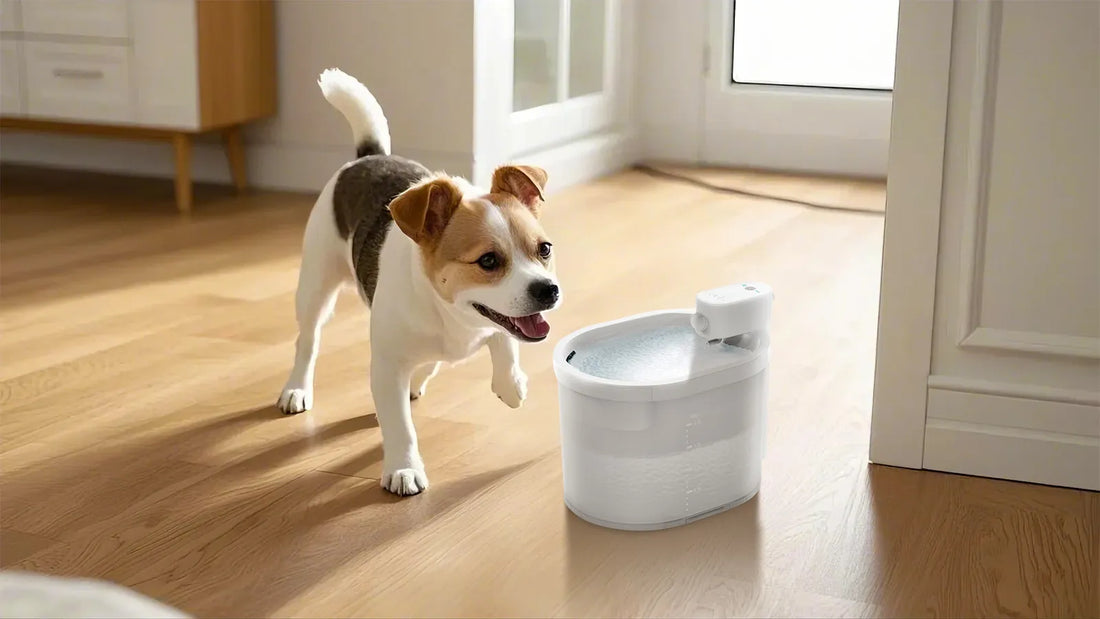Bathing your dog is an essential part of pet care, but it can often feel like a daunting task. Whether your dog loves water or runs at the sight of a bathtub, knowing how to bath your dog properly can make the experience smoother and more enjoyable for both of you. This comprehensive guide will walk you through everything you need to know to make bath time a success.
Why Bathing Your Dog is Important
Regular baths are crucial for maintaining your dog's hygiene and overall health. They help remove dirt, debris, and allergens from your dog's coat and skin, preventing infections and irritations. Bathing also helps control shedding and keeps your dog smelling fresh. However, it's important to strike the right balance—over-bathing can strip your dog's coat of natural oils, leading to dryness and irritation.
How Often Should You Bath Your Dog?
The frequency of bathing your dog depends on several factors, including their breed, coat type, and lifestyle. Dogs with oily coats, such as Basset Hounds, may need baths as often as once a week, while breeds with dry skin or short coats, like Boxers, may only need a bath every few months. Active dogs that spend a lot of time outdoors may require more frequent baths compared to indoor dogs. Always consult your veterinarian for personalized advice.
Preparing for Bath Time
Before you start, gather all the necessary supplies. You'll need a dog-friendly shampoo, a towel, a brush, and a non-slip mat for the bathtub. Choose a shampoo specifically formulated for dogs, as human shampoos can disrupt their skin's pH balance. Brush your dog's coat thoroughly to remove tangles and loose hair. This will make the bathing process easier and more effective.
Choosing the Right Location
Decide where you'll bath your dog. A bathtub or a sink works well for smaller dogs, while larger dogs may require a shower or an outdoor area. Ensure the space is warm and free from drafts to keep your dog comfortable. Place a non-slip mat in the tub or sink to prevent your dog from slipping and getting anxious.
Step-by-Step Guide to Bathing Your Dog
Step 1: Wet Your Dog's Coat
Use lukewarm water to wet your dog's coat thoroughly. Avoid using hot water, as it can scald your dog's skin. Start from the neck and work your way down to the tail, ensuring all areas are wet. Be careful around the ears and eyes to prevent water from entering these sensitive areas.
Step 2: Apply Shampoo
Apply a small amount of dog shampoo to your hands and gently massage it into your dog's coat. Start at the neck and work your way down, paying extra attention to areas that tend to get dirty, such as the paws and underbelly. Avoid getting shampoo in your dog's eyes, ears, or mouth.
Step 3: Rinse Thoroughly
Rinse your dog's coat thoroughly with lukewarm water to remove all traces of shampoo. Leftover shampoo can cause skin irritation, so make sure to rinse until the water runs clear. Again, be cautious around the ears and eyes.
Step 4: Dry Your Dog
Use a clean, dry towel to gently pat your dog's coat. Avoid rubbing, as this can cause tangles and irritation. If your dog tolerates it, you can use a hairdryer on a low, cool setting to speed up the drying process. Make sure your dog is completely dry before letting them outside, especially in cold weather.
Tips for a Stress-Free Bath Time
Bathing your dog doesn't have to be a stressful experience. Here are some tips to make it easier:
- Start early: Introduce your dog to baths when they're young to help them get used to the process.
- Use positive reinforcement: Reward your dog with treats and praise during and after the bath to create a positive association.
- Stay calm: Dogs can sense your emotions, so staying calm and patient will help keep your dog relaxed.
- Be prepared: Having all your supplies ready beforehand will make the process smoother and quicker.
Common Mistakes to Avoid
When learning how to bath your dog, it's easy to make mistakes. Here are some common pitfalls to avoid:
- Using the wrong shampoo: Always use a shampoo specifically designed for dogs.
- Over-bathing: Bathing your dog too frequently can strip their coat of natural oils.
- Not rinsing thoroughly: Leftover shampoo can cause skin irritation and discomfort.
- Ignoring your dog's comfort: Make sure the water temperature is comfortable and the environment is safe and warm.
When to Seek Professional Help
If your dog has a skin condition, allergies, or a particularly thick coat, you may want to consider professional grooming services. Professional groomers have the expertise and tools to handle these situations safely and effectively. Additionally, if your dog becomes extremely anxious or aggressive during bath time, consult a veterinarian or a professional trainer for advice.
Bathing your dog doesn't have to be a chore. With the right approach, it can become a bonding experience that both you and your dog look forward to. By following these steps and tips, you'll ensure your dog stays clean, healthy, and happy. So, the next time you think about how to bath your dog, remember that preparation, patience, and positivity are the keys to success.













